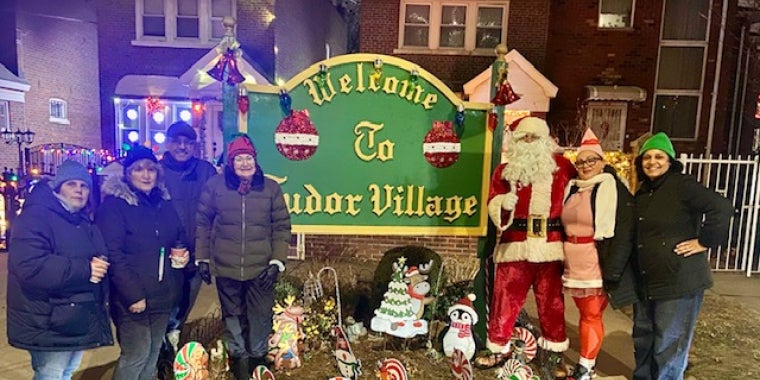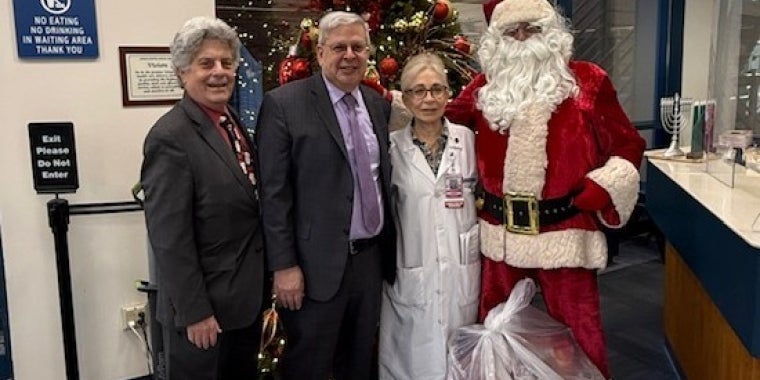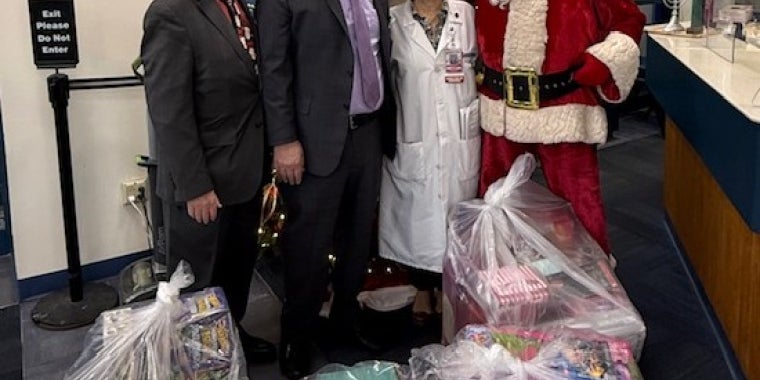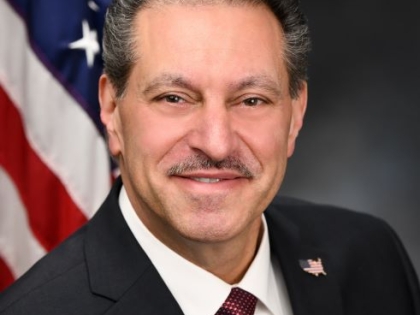
Addabbo Hosts Naloxone Training to Prevent Opioid Overdose Fatalities
October 19, 2023
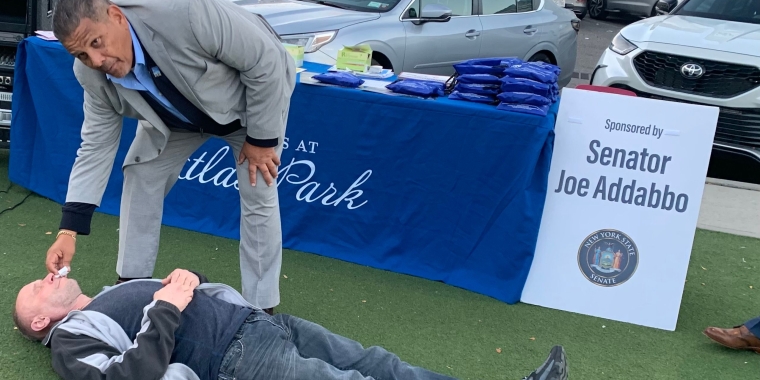
Luis Laboy, the senior administrator of residential programs at Acacia Network demonstrates how to administer Naloxone on J-CAP volunteer, Oleg Ryazanov.
Senator Joseph P. Addabbo, Jr. hosted a Naloxone training and certification event in partnership with J-CAP (part of the Acacia Network) at the Shops at Atlas Park in Glendale on October 17, 2023. Participants learned how to recognize the signs of an opioid overdose and how to respond using Naloxone, also known by the brand name Narcan. Upon completion of the course, participants received a certificate and a Naloxone kit along with fentanyl and xylazine testing strips.
“This event is so important because it could help people save a life, “Addabbo said. “In case of an overdose, you only have minutes to react and respond, and Naloxone is essential to being the one before 911.”
The training was led by representatives from Acacia Network, an organization affiliated with J-CAP: Luis Laboy, the senior administrator of residential programs, and Dr. David Collymore, the chief medical officer. They were joined by J-CAP volunteer, Oleg Ryazanov, who helped demonstrate how to administer Naloxone to someone in a sitting position and lying down.
In 2022, 3026 New Yorkers died of a drug overdose, a 12% increase from 2021 (2,696 deaths), and the highest number since reporting began in 2000, according to a data brief by the NYC Department of Health.
Opioids include OxyContin, fentanyl, methadone, and Vicodin. Naloxone can also reverse overdoses from street drugs like heroin. Naloxone is an antidote for opioid overdoses, and it can temporarily reverse the effects of opioids by binding to the same receptors in the brain. The nasal spray form of naloxone is a convenient and easy-to-use method of administration.
Laboy explained that when administering naloxone, it is important to ensure the person's head is upright or that they are lying on their back. After spraying the dose, a two-minute waiting period is recommended to allow for the drug to take effect. If the person does not respond to stimulation, a second dose can be administered. It's worth noting that fentanyl overdoses may require higher doses of Naloxone due to its potency.
If there is uncertainty about whether someone is experiencing an overdose, it is advised to call 911 and administer naloxone anyway. Naloxone does not cause harm if it is not an overdose situation, Laboy and Collymore said.
The training conducted by Collymore and Laboy highlights the importance of being prepared to respond to opioid overdoses and promoting harm reduction strategies. By distributing Naloxone kits, providing education on overdose symptoms, and offering drug testing strips, they equipped individuals with the necessary tools and knowledge to potentially save lives.
“I would like to thank J-CAP and the Acacia Network for providing this great information and to Oleg for helping demonstrate how to administer Naloxone,” Addabbo said. “I would also like to thank the Shops at Atlas Park for providing the space to allow us to host this event.”
Share this Article or Press Release
Newsroom
Go to NewsroomSanta (Senator Addabbo) Brings Holiday Joy to Tudor Village
December 23, 2025
